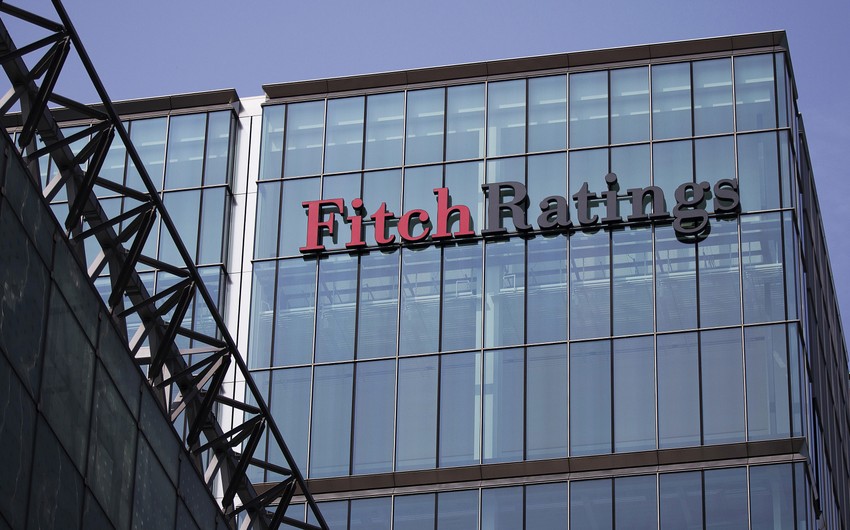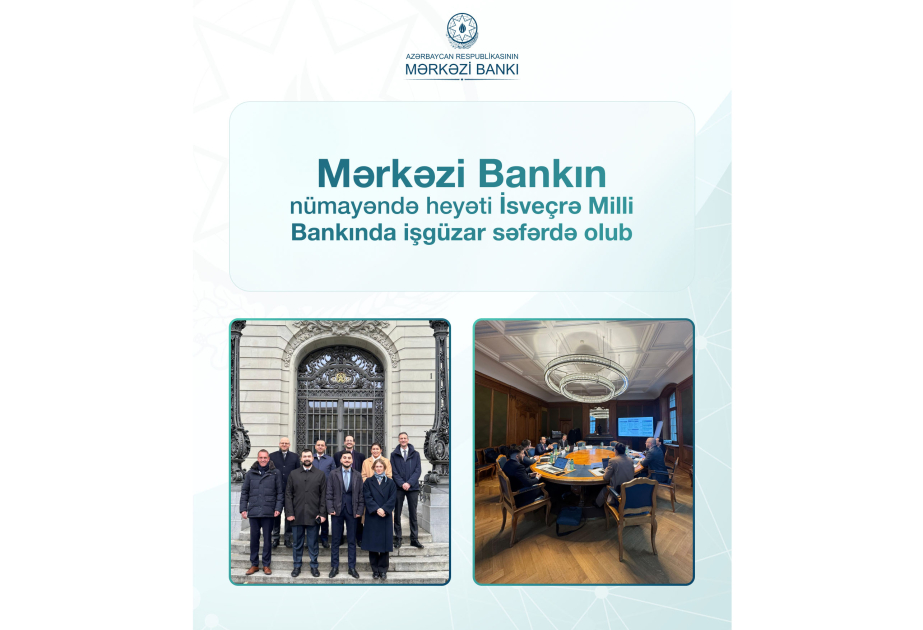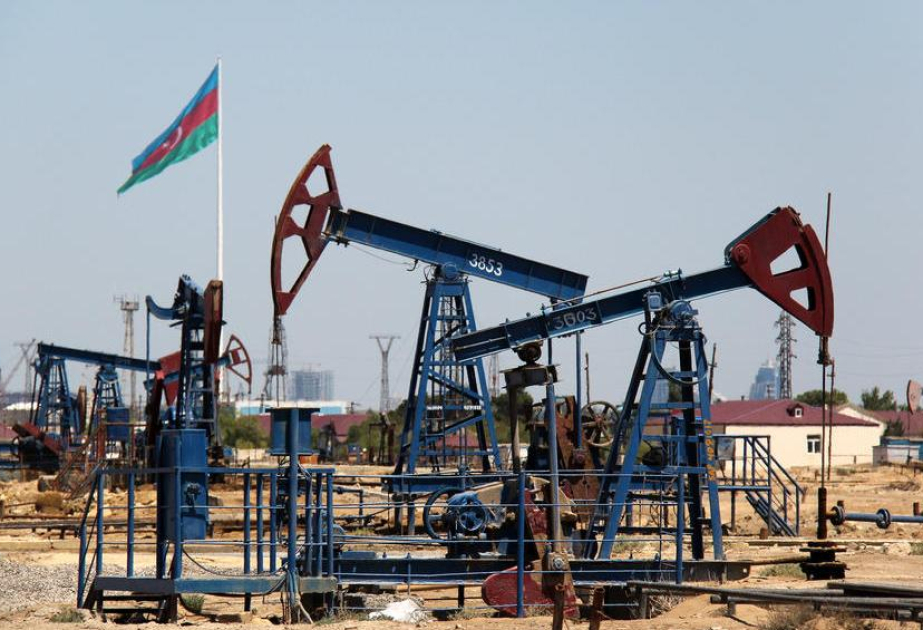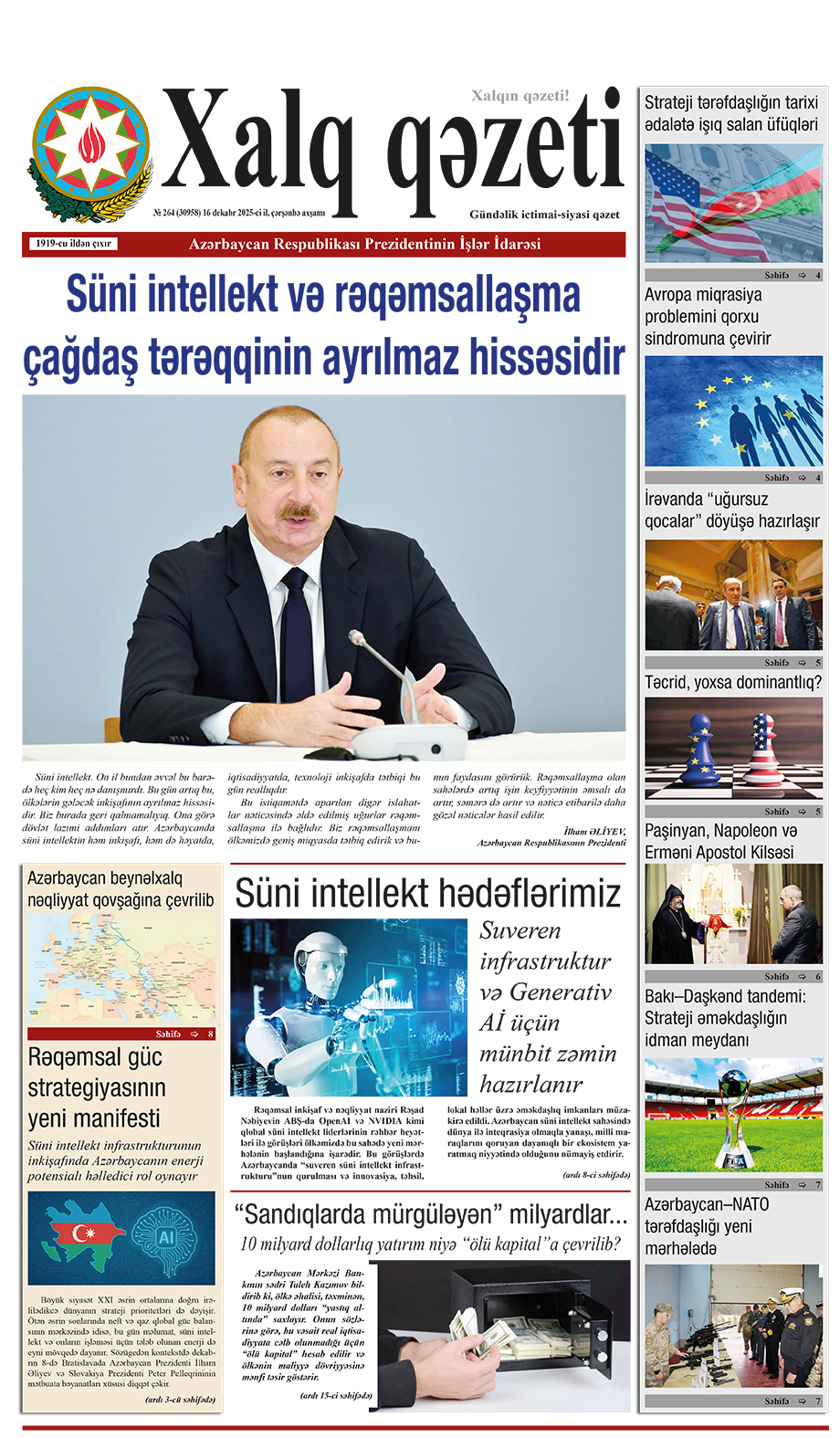The Azerbaijani banking sector’s financial profile has strengthened materially since 2017, supported by reduced dollarisation and less pressure on capitalization from legacy asset-quality risks, Fitch Ratings says, Report informs.
The improvement has been accompanied by a better loan book structure, tighter regulatory oversight, and financial market development.
"Azerbaijan still has some of the lowest credit penetration in the CIS+ region, with a sector loans/GDP ratio of 20% at end-1H24. But this gives scope for banks to expand their business volumes and generate stronger revenues over the next couple of years. We project sector loan growth to peak at 20% in 2024 before slowing to 15% in 2025.
Asset quality has historically been the sector’s main weakness. However, the stock of loans with signs of impairment has decreased since end-2018 to a record low. This was largely due to the decisive clean-up of the International Bank of Azerbaijan’s balance sheet and multiple withdrawals of licenses from weaker and smaller banks over 2016–2023. It also reflects the improved business climate and banks’ reduced risk appetite for lumpy long-term and dollarized corporate lending.
Local banks now target granular retail lending, which is less risky and more profitable. Retail exposures increased to 58% of sector loans at end-1H24 (end-2018: 41%). However, Azerbaijan’s cyclical economy, with its structural weaknesses, means that loan quality in the corporate segment remains vulnerable. There are not many blue-chip Azerbaijani corporates, and lending to smaller enterprises is risky due to their poor financial transparency," reads the report.
"The sector’s asset quality is supported by a robust asset structure, with a balance between loans (net loans were 48% of total assets at end-1H24) and non-loan assets, which are mostly high-quality.
The increased focus on retail lending, coupled with a prolonged period of currency stability, has lowered loan dollarisation, which had been a drag on the banking sector. It has also boosted profitability, as margins in retail are generally higher than in the corporate segment. We expect the sector’s return on average equity to remain above 15% for the next few years. Pre-impairment profit (1H24: 7.5% of average gross loans) and the Tier 1 capital ratio (end-1H24: 14.9%) provide reasonable loss-absorption capacity," Fitch noted.
The Central Bank of the Republic of Azerbaijan (CBRA) has been tightening regulatory supervision and oversight since 2022, implementing effective macroprudential measures, particularly in the retail segment, and reinforcing the regulatory framework, which has benefitted banks’ risk profiles. Fitch believes the regulator is now less tolerant of potential under-provisioning of problem assets and non-recognition of related-party exposures, and the agency has removed ‘regulatory and legal framework’ as a negative adjustment to the implied ‘bb’ operating environment score for local banks.
In September 2022, the CBRA reconfigured its monetary policy tools to enhance its capacity to manage excess liquidity and improve the transmission of the refinancing rate. Local banks now have more liquidity management tools, and the short-term interbank market has become more active. Due to these improvements in the domestic financial market, Fitch has also removed ‘financial market development’ as a negative adjustment to the implied operating environment score.
As a result of the removal of the two negative adjustments and a notable improvement in the sector’s financial strength, Fitch recently revised its operating environment score for Azerbaijani banks to ‘bb-’/stable from ‘b+’/positive. Fitch also upgraded the country’s largest bank, the International Bank of Azerbaijan, to ‘BB’/Positive from ‘BB-’/Positive.

















.png)



